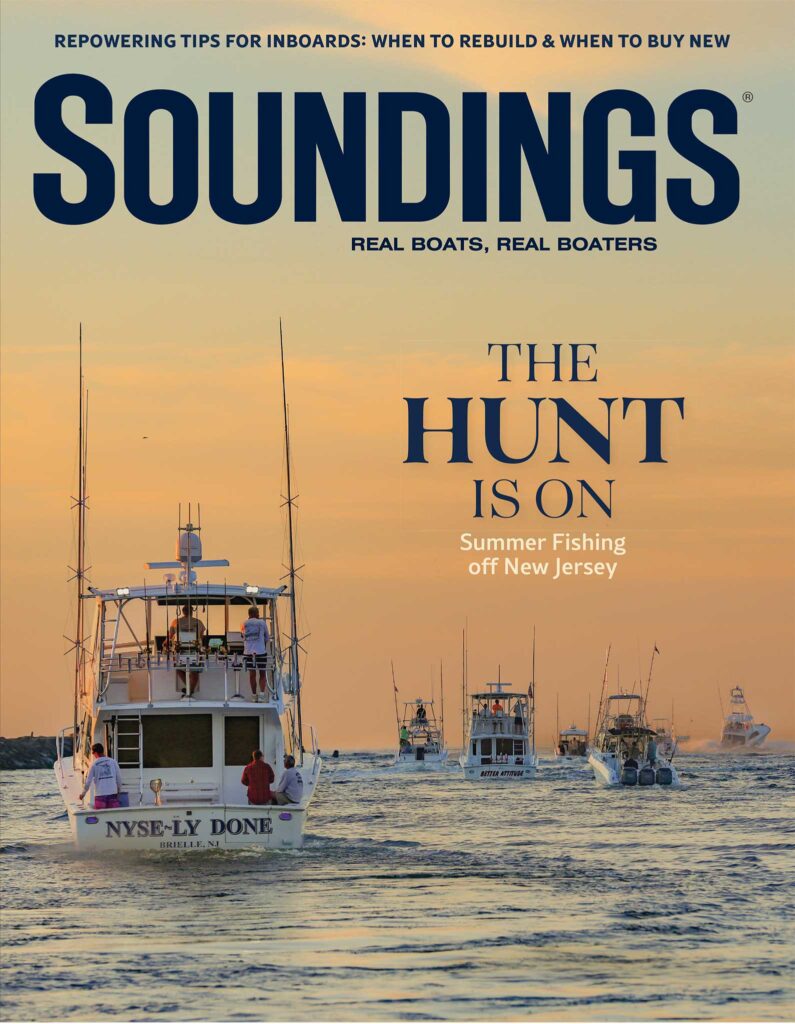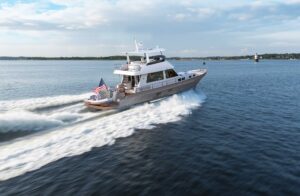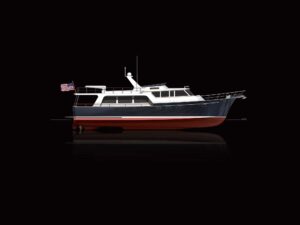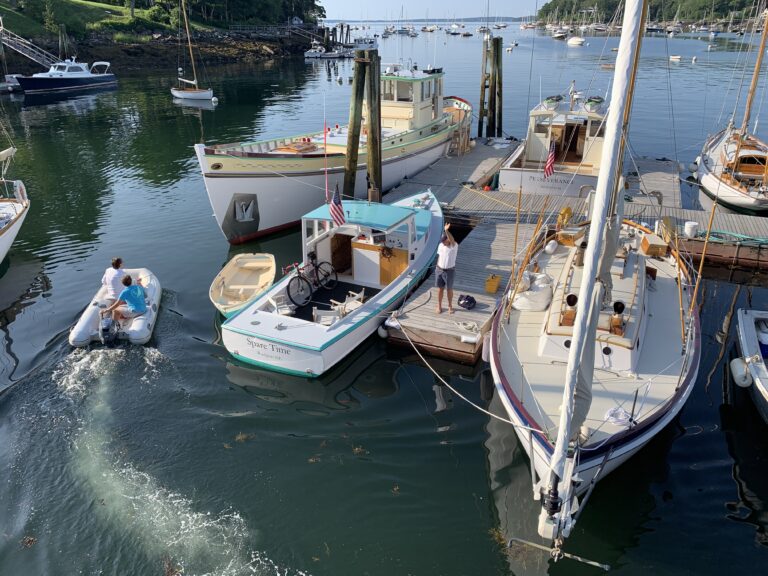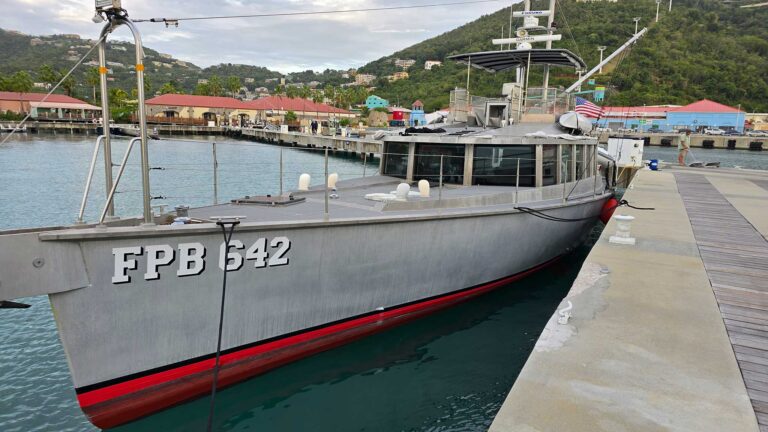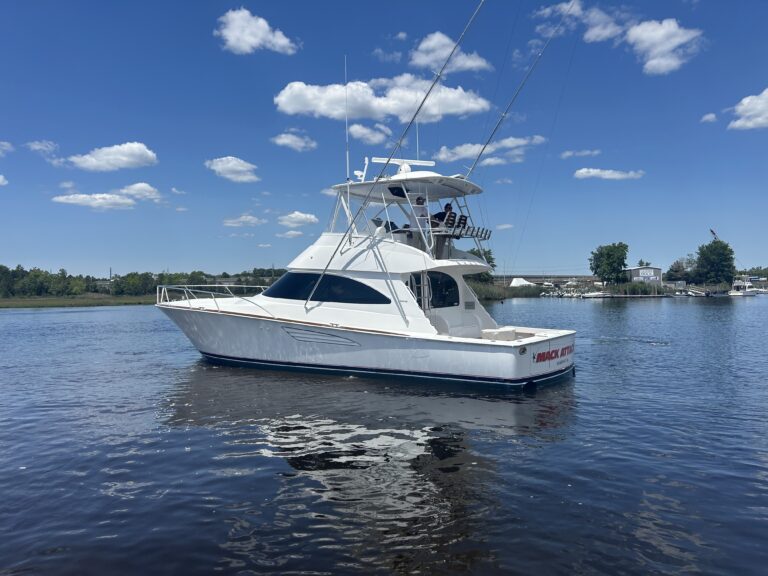The 131-foot topsail schooner Harvey Gamage is scheduled to put in at Brown’s Boatyard on the island of North Haven, Maine, on Aug. 23 to pick up a half-ton of locally grown produce — grains and beans, mainly — and specialty foods, then sail on to Portland to pick up 9.5 tons more of Maine farm products before sailing to Boston.

The 40-plus-year-old sailing school vessel will unload its cargo at a wharf in Boston Harbor, where volunteers will pack the merchandise on pedal-powered carts and wheel it to Boston Public Market, a 28,000-square-foot outdoor market at the Rose Fitzgerald Kennedy Greenway, minutes from the water.
Bostonians will be able to buy Maine produce, much of it organic, transported by sail.
Is this just a stroll down memory lane to the days when sailing ships — some of them blazingly fast clippers, such as Donald McKay’s East Boston-built Flying Cloud — delivered people and products across oceans with no engines, no exhaust, no carbon footprint?
Well, yes, it does celebrate those great sailing vessels and the men (and some women) who crewed them, and the ships’ role in knitting together producers and consumers in local, regional and global economies. But it’s much more than that, says Severine von Tscharner Fleming, founder of Greenhorns, an Essex, New York, nonprofit dedicated to encouraging, supporting and providing helpful information to young farmers.
Tscharner Fleming also is a prime mover in Maine Sail Freight, a group that promotes rediscovery of historic trade routes that linked small farmers, consumers and entrepreneurs along the New England coast and sustained their communities. ”This is not just an historic re-enactment,” she says. “It’s recognizing the historic infrastructures and recognizing the dynamism of those models.”
A case in point from the history books: In the 1880s, steamboats would leave Eastport, Maine, at 6 p.m. laden with sardines, lamb, beef, eggs and other farm-fresh foods, and arrive in Boston by midnight in time to unload the cargo and deliver it to the markets for the opening of business that morning, Tscharner Fleming says. In a time of experimentation with alternative energy sources, moving freight by sail over time-tested trade routes seems to some a sensible template for the future.

Maine Sail Freight and other visionary efforts to test sail-based trade for the 21st century around the country — New England, the Pacific Northwest, the Great Lakes, Hawaii — and in Europe and the Caribbean seek to address a host of concerns: getting back to the land, a healthy piece of land, and to a simpler lifestyle through small-scale farming; decentralizing “big agriculture” and connecting small producers directly with consumers in local and regional economies; addressing climate change and greenhouse gases with a cleaner, sail-driven freight distribution system; creating “sustainable and resilient” communities able to survive and even thrive as oil becomes more scarce, more costly and harder to find; and applying new technologies so sail systems can be scaled up to power big, modern, green cargo carriers.
“There are many, many factors that figure into this,” says Jan Lundberg, a onetime oil industry analyst and founder of the Sail Transport Network, which connects traders and sailors, farmers and craftsmen, artists and merchants who believe that fossil-fuel-based transportation is on its last legs. Lundberg argues that use of “conventional oil” — easy to extract, with a high energy yield — reached a peak in 2005. “We’ve been on a plateau since then,” he says. “Heavy oil, oil extracted from tar sands, deep-ocean oil and biofuels have extended the ride of a consumer economy based on fossil fuel.” He and others say now is the time to prepare for that ride to end.
Europeans, who rely heavily on foreign oil to drive their economies, have made the most headway in reviving sail transport, though even there it still is very much a niche business. Founded in 2007 by three young Dutch sailors who met on the barque Europa, Netherlands-based Fairtransport is an “emission-free” shipping company. Its first ship, Tres Hombres, is a restored 1943 German minesweeper, a 105-foot wood-hulled cutter converted to a brigantine that carries up to 35 tons of cargo and operates without an engine under 12 sails. The company just launched a second ship, Nordlys, a restored 82-foot fishing ketch with a 30-ton capacity built in 1873 on England’s Isle of Wight.
Tres Hombres employs a core crew of five, plus 10 trainees who pay a fee to learn the ropes. She is making two trips a year from the Netherlands to the Caribbean. This spring Tres Hombres loaded up rum, molasses, cacao beans, cacao butter and organic coffee in the Dominican Republic, chocolate in Grenada, and tea and cans of tuna in the Azores, after dropping off gym equipment in Belém, Brazil, and Cape Verde, Portugal. Nordlys will sail three times a year from Norway to Portugal, and from France to England, Scandanavia and Germany carrying wine, fish, olive oil, ales and whiskey, according to Fairtransport. Products moved by Fairtransport carry a Eurozone “A” label for transport, meaning carbon emissions in shipping have been cut by at least 90 percent.

“We have a passion for art and freedom and entrepreneurship and nature and tradition and shipping and sailing,” says Fairtransport’s Andreas Lackner, speaking at a TED talk in Siegendorf, Austria. “We combine these things on sailing ships.”
Fairtransport raises capital to finance its ships by selling shares in them to investors. Next on its radar: a clipper ship that will carry cargo but also have comfortable cabins for 12 passengers, and a 425-foot, 8,000-ton motorsailer with four DynaRig square sails similar to those on the sailing yacht Maltese Falcon, which was built for American venture capitalist Tom Perkins in 2006.
Fairtransport believes the DynaRig could deliver 60 percent fuel savings. “Will it be slower?’ asked Fairtransport partner Jorne Langelaan at a TED talk in Amersterdam. “No. It will not be slower. You use the engine when there’s no wind. You use the sail in good winds, and it goes faster than motorized ships.”
Remember that Flying Cloud averaged 330 nautical miles a day — a speed of almost 14 knots — over three days between New York and San Francisco shortly after its launch in 1851. Although modern container ships can run 25 or 26 knots, most are throttling down to 16 to 18 knots to control their fuel costs, according to LloydsLoadingList.com.
Others, too, are eyeing hybrid-powered container ships, among them Rolls-Royce Holdings, the luxury automaker, which is partnering with B9 Shipping of Larne, Northern Ireland, to develop a design for a 330-foot freighter powered by automated sail and biomethane-fueled engines that could deliver fuel-efficiency gains of 55 percent.
Some 60,000 bottles of fine wine from the Languedoc region of France — the first wine shipped out of that country by sail since the late 1800s — arrived in Dublin in March 2008 aboard the 170-foot three-masted barque Belem. Each bottle delivered by the 112-year-old ship was labeled “Carried by Sailing Ship,” a kind of affidavit that both the wine’s maker and its consumer are green-minded. That was the opening salvo of the sail freight business. Today, TransOceanic Wind Transport, an export-import company in Brest, France, books premium-priced niche-market cargos on sailing ships that have numbered as many as 10 over the last several years. They include Fairtransport’s vessels and the British speedster Grayhound, a replica of a 65-foot three-masted Cornish customs lugger used in the 18th century to chase and arrest smugglers. TransOceanic also finds markets for sail-shipped goods and has almost 30 outlets in France alone.

Marcus Rowden and Freya Hart, a husband-wife team who were looking for a business model that would allow them to work and sail together, built Grayhound themselves to work and live aboard with their infant son. Today Grayhound hauls wine, ale, tea, oats, buckwheat, onions, fennel, artichokes and chutney — as much as 4.5 tons of it — on a regular schedule on two cross-channel routes, one from Plymouth and Falmouth to Nante, France, where it loads up on wine for a return trip to Cornwall, and the other from Brixham to Douarnenez, France, to unload Devon ale and return with French onions. “The objective is to leverage traditional sailing cargo vessels such as the Grayhound as a way to protect our future, and to promote a logistical alternative that both looks at a carbon-free future in a more tangible way and fosters a paradigm-changing context,” says TransOcean’s Guillame LeGrande on Grayhound’s website.
In America, shipping freight by sail has taken on a local and regional character, linking small farms and rural co-ops to urban consumers via small sailing vessels. Erik Andrus, a 43-year-old who raises rice and grass-fed beef, and runs a wood-fire bakery in Ferrisburgh, Vermont, gathered some grant money and volunteers to build a 39-1/2-foot freight hauler, Ceres. Based on a Thames River sailing barge, it cost less than $20,000.

In the fall of 2013 and summer of 2014 Ceres hauled Vermont produce down the Champlain Canal and Hudson River to New York City, stopping along the way to sell maple syrup, maple sugar, apple butter, honey, sunflower oil, coffee, switchel, dried herbs, teas, preserves, various flours, grains and baking mixes, sauerkraut and pickles at farmers markets, fairs, yacht clubs, tug rendezvous and dockside pop-up markets. The Vermont Sail Freight Project, as he calls it, has collected 13 tons of goods from 37 farms and delivered it to about a dozen locations along the Champlain-Hudson trading route.
“We ship a small quantity of produce a relatively short distance, and our prices are a little higher,” Andrus says. “But our products are special. We’re not looking to compete directly with the Stop & Shop.” Andrus says small-scale agriculture based on direct marketing and community support of locally produced foods is coming back to New England. “Consumers care about those who provide their food,” he says. And they like the idea and the fanfare of locally produced food delivered by sail at the dock.
Andrus suspended operations this summer to develop a “capital development plan,” although he says Ceres might still make a run south after Labor Day. He says the organization may work its way up to larger vessels eventually. “There are 9 million people within walking distance of these waterways,” he says.
Washington’s Puget Sound, with its maze of estuaries and islands, “is almost the perfect proving ground for sail cargo,” says Hoyle Hodges, one of the partners in the Olympia Schooner Co., based in Union, Washington. He says the tidal changes are extreme — as much as 16 feet twice a day — so you have to plan carefully and use the tides to your advantage to make time and minimize use of the engine.
Hodges and his partners operate Pleiades, a 59-foot replica of an 1830s Eastport pinky schooner, as a charter boat, daysailer and — from time to time — a delivery boat plying the waters between the Olympia Farmers Market and communities along south Puget Sound.

“We tried to target communities that have low to no access to fresh fruits and vegetables,” says Hodges, a retired Army command sergeant major who wrote a business plan for sail transport while studying at Evergreen State College.
Parts of Puget Sound are so rural that the closest grocery store may be 45 miles away, but Hodges says aside from knowing how to work the tides, you have to find places to dock and spend a lot of time building relationships with vendors and consumers. “This can be a viable business if you have the right geography and the right prices and the right business plan and the right boat,” he says.
The historic “mosquito fleet” of small passenger- and freight-carrying sternwheelers, steamers and sailboats that plied Puget Sound in the 19th and early 20th centuries has inspired Hodges and others — such as the Salish Sea Trading Cooperative, which has been making twice-monthly deliveries of fresh organic vegetables between the Olympic Peninsula and local farmers markets on three sailboats — to revive maritime transport in and around Seattle and the San Juan Islands.
Despite the benefits of sail in reducing reliance on oil, Sail Transport Network’s Lundberg says movers and shakers in the shipping industry “look at sail transport as some kind of pitiful upstart that can’t compete with the big boys. You won’t find anybody who will admit that sail power is a form of renewable energy.”
He expects many to change their tune when the era of cheap oil draws to a close, which he says is only a matter of time.
This article originally appeared in the September 2015 issue.

